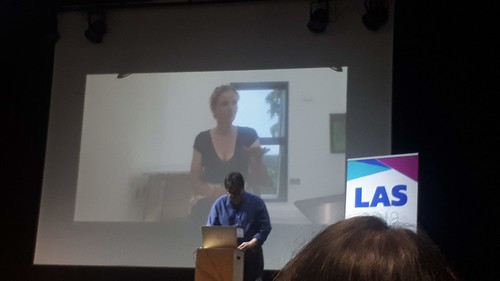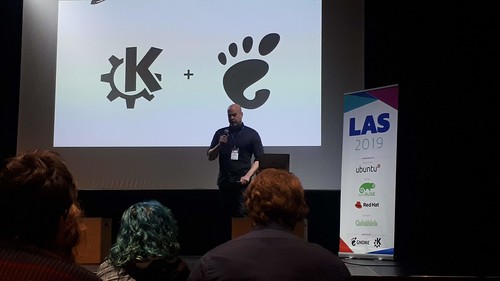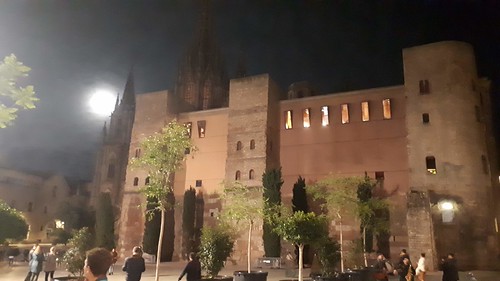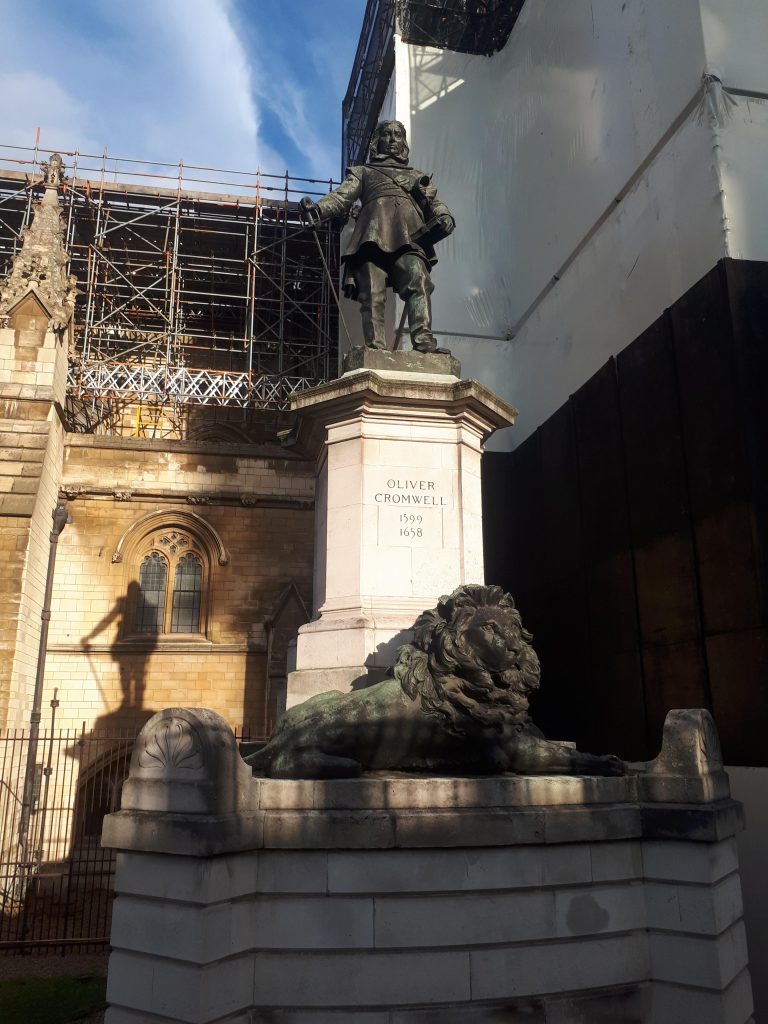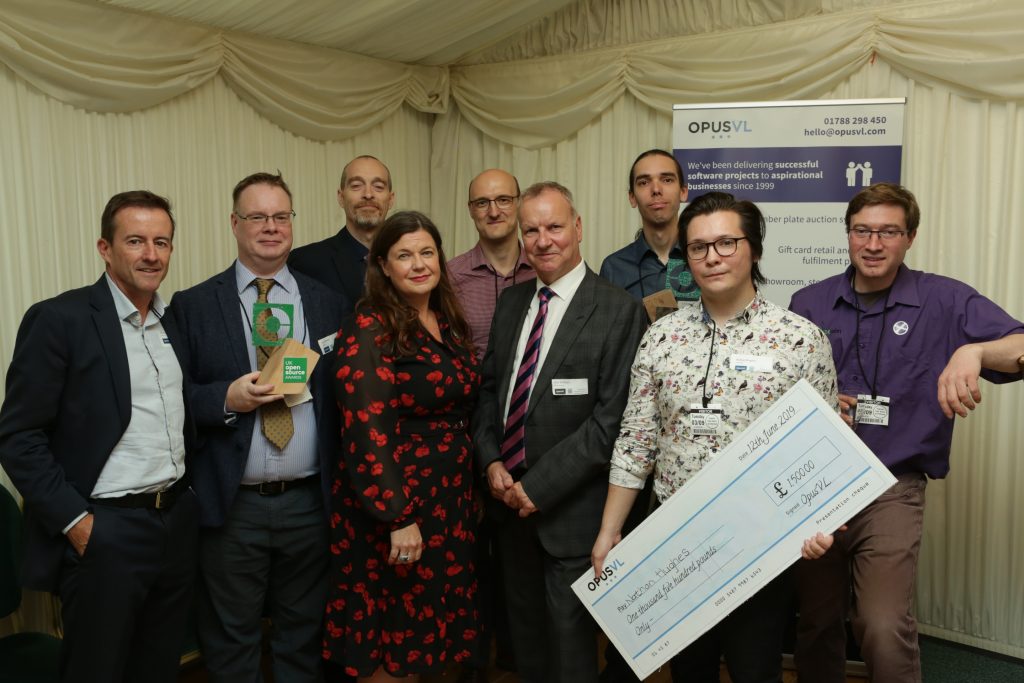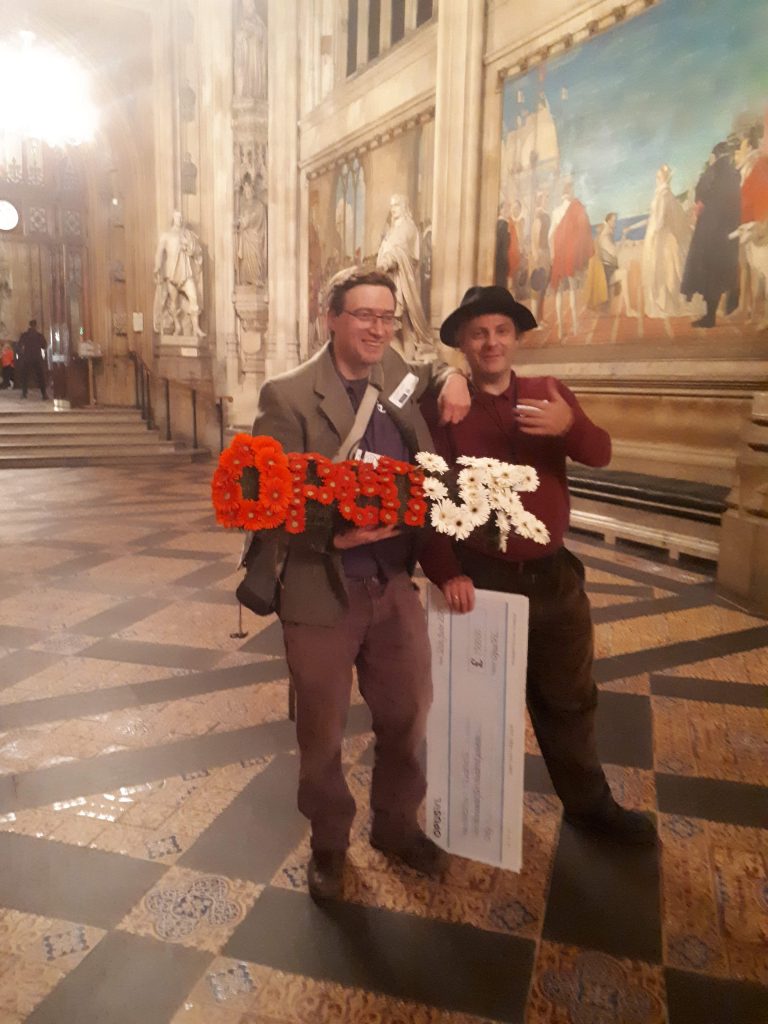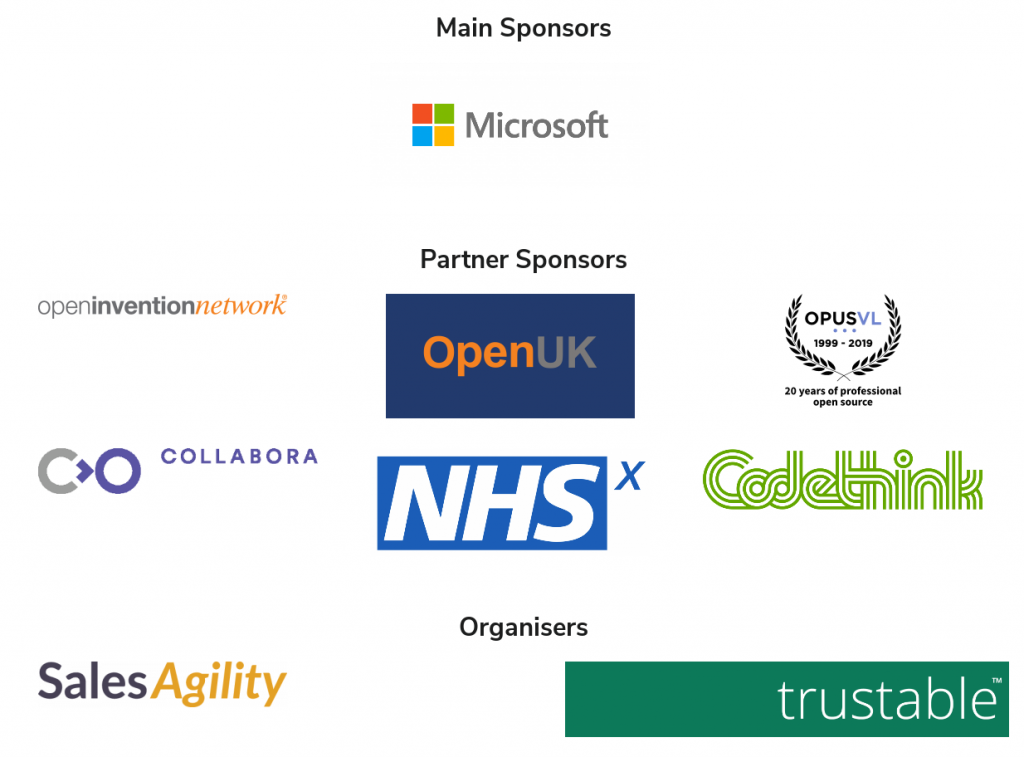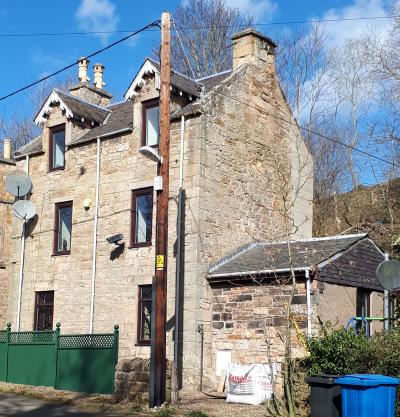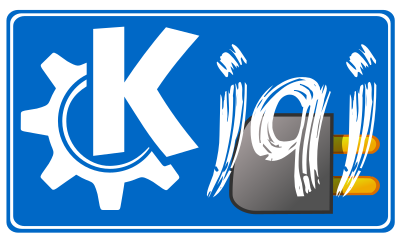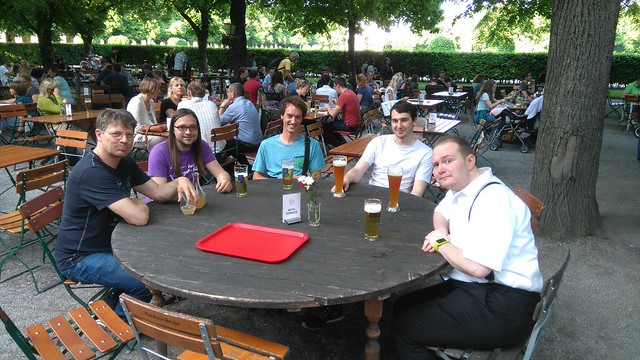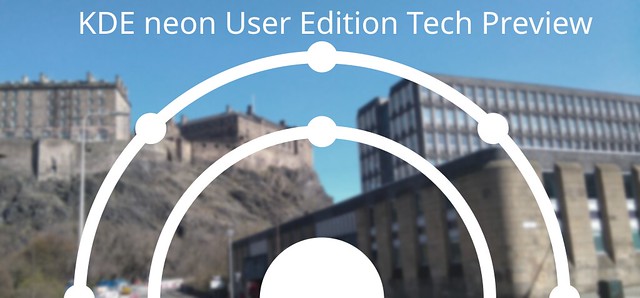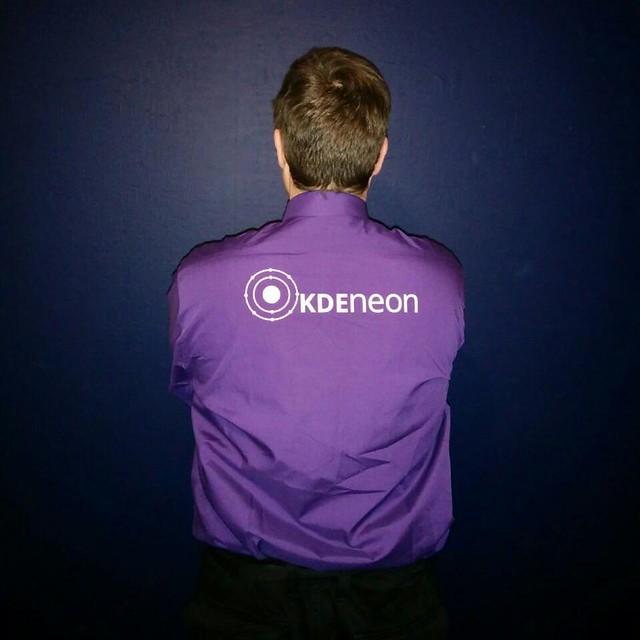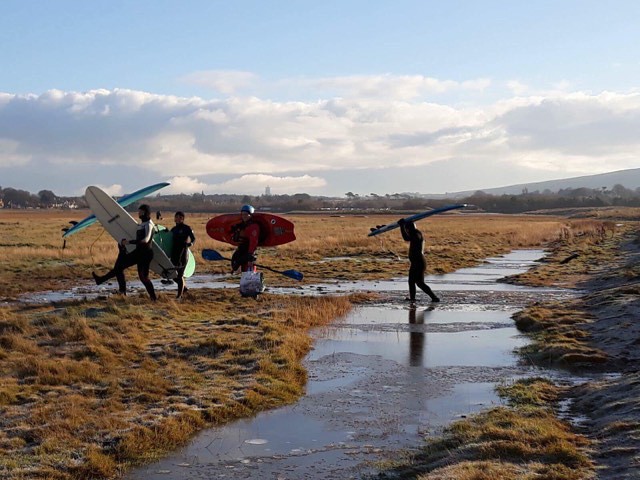I’m voting for Owen Thompson and the SNP at the UK election on December 12th. Normally for an election I would look through the manifestos and compare them along with consideration of the candidates and the party leaders to decide. But this election is a single issue election. It was called because the flawed 2016 referendum on EU membership did not ask what people wanted, it asked what they didn’t want (EU citizenship) but because there was no question asking what people did want instead it led to three years of parliament being stuck. The SNP policy is for a double proposal to have a referendum on the UK’s EU membership against the Withdrawal Deal as currently negotiated, and then to have a referendum on Scottish independence. This offers me the best chance to keep my EU citizenship and the freedoms it brings, while offering a good chance to get rid of a corrupt and pointless layer of government.
As I’ve said before all the political parties let us down in 2016 by not effectively campaigning for EU membership and letting the racists and populists win over. They continue to let us down here on those measures. Not one party proposes to ban political advertising online as done with TV despite the well documented populism that gives. Not one seems to have a commitment to reform the rules of election and referendum campaigns to stop the illegal behaviour that Johnson’s Vote Leave campaign used in 2016. And I’ve never heard anyone point out that asking a referendum question which only says what you don’t want and not what you do want instead is a pointless question.
But here’s a quick look at the manifestos anyway.
SNP Good stuff about refendums, no nuclear bombs and critique of why Westminster if broken. The usual vague stuff about ending austerity without defining it and promises for the NHS with no explanation of why that public service deserves them more than every other public service. Various good ideas for things to be devolved like broadcasting or employment law. They do want to fix the voting franchise for UK elections to include non-UK EU citizens and people from age 16. They seem to think the UK government will allow an independence referendum while also de-legitimising the idea that there is no need for anyone to allow Scotland to have a referendum, this is a dangerous stance to take as well as incorrect, no other country considers that it has to ask its neighbour for permission for independence. Climate emergency comes in a bit later in the manifesto than I’d like to see but I suppose there’s not much the SNP can do at the UK level since the right layer of government for this is the EU and Scottish layers. Complying with international law to allow the return of residents of Diego Garcia is pleasingly in there but not on Catalonia. I’ve done door knocking with their candidate Owen Thompson this election who is an experienced politican from local and UK layers and I’m happy to support him.
Labour doesn’t get round to the Brexit question until page 80. The central issue of the election which defines if I will have freedoms and a functional economy in a year’s time and they can’t be arsed to highlight their policy on it. When they do they say they’ll negotiate a hard Brexit (outside the customs union; outside the single market) and then have a referendum on it. This sounds faffy and dislikeable. The leaflet from their candidate said she would campaign to remain and reform but with no suggestion of what they reform would be and there’s nothing about it in this manifesto so I think she’s lying on that point. They support weapons of mass destruction despite the party membership in Scotland voting against them and UK and Scottish leaders campaigning against them, which shows what a mess this organisation is. Lots of interesting stuff about renationalising public services which I think is a strong part of the cause for the party leadership wanting to leave the EU, EU law will mean having to pay full rate for renationalising these industries while outwith the EU they can pay below market rate, but on the whole I’m against cheating the rules of a functional economy, after all this is my pension scheme they’d be cheating. No mention of complying with international law about Diego Garcia or Catalonia. Fixing the voting franchise is in there. Climate emergency is pleasingly put as a headline item.
The Lib Dems have clear constitutional positions which is fine but being against referendum on them is hypocritical. They compare Scottish independence to Brexit, which is nonsense. Climate emergency doesn’t come until half way through. No mention of Diego Garcia or Catalonia. No mention of nuclear bombs. Nothing devolved to Scotland. Pleasingly they do want to fix the undemocratic where we get a prime minister without a vote of parliament or people and they do want to fix the shutting down of parliament. Otherwise largely underwhelming.
The Conservative party is now a radicalised dangerous nationalistic vehicle which support shutting down parliament, corruption of referendums, limiting the voting franchise, blocking the release of reports on foreign interference in voting and ignoring international law. Everyone should vote to stop them from getting power. They will start the Brexit process with the Withdrawal Agreement but still with only a minimal plan for how to implement Brexit, but their lie that this will “get Brexit done” rather than the truth that it is only the start of the process seems to be ignored by the media. Their hard Brexit will put up new borders, shut off supply chains, limit the economy and take away my freedoms. The headline item of course is to stop a referendum on independence which is as hypocritical as it comes. Climate emergency doesn’t seem to feature. There is scary protectionist British nationalism like “When we leave the EU, we will be able to encourage the public sector to ‘Buy British’” which goes against basic economics and shows how far they have fallen from their Margaret Thatcher free-market politices, which as simplitic and damaging as they were, at least were consistent. This party is run by people who ran illegal campaigns in 2016, take power without a vote, ignore international and national law and shut down parliament, they are not democratically accountable, they need to be stopped.
[ Update to the below paragraph, in my rush I missed the Green manifesto which is full of good stuff.]
The Greens aren’t standing in my constituency and don’t have a manifesto and because of the voting system won’t get any result except maybe help the SNP lose where they should win so despite being a party member I can’t advocate voting for them. They make the point that the climate emergency is more important than Brexit, but alas the EU is the right layer of government to take the lead on it so EU membership is vital to helping prevent or limit it and the votes this election need to be directed towards that.
So hopefully an SNP win in Scotland (like they have in every election for the last decade) will help them support a Labour government in England to have a referendum (with rules fixed to make it a valid and fair one) on EU membership vs Johnson’s hard brexit proposal and then a referendum on Scottish independence. But it probably won’t be that simple.



